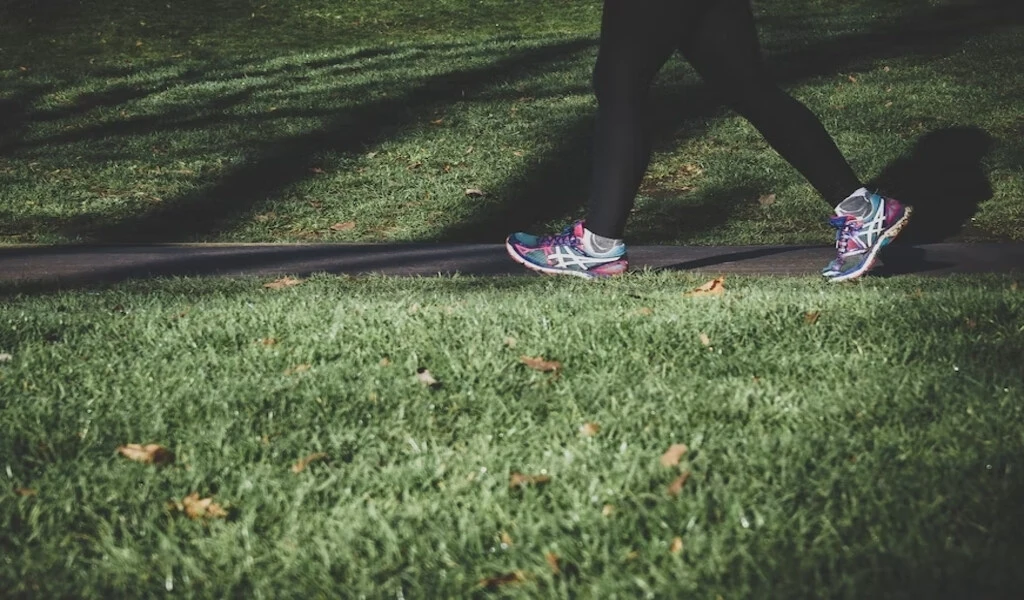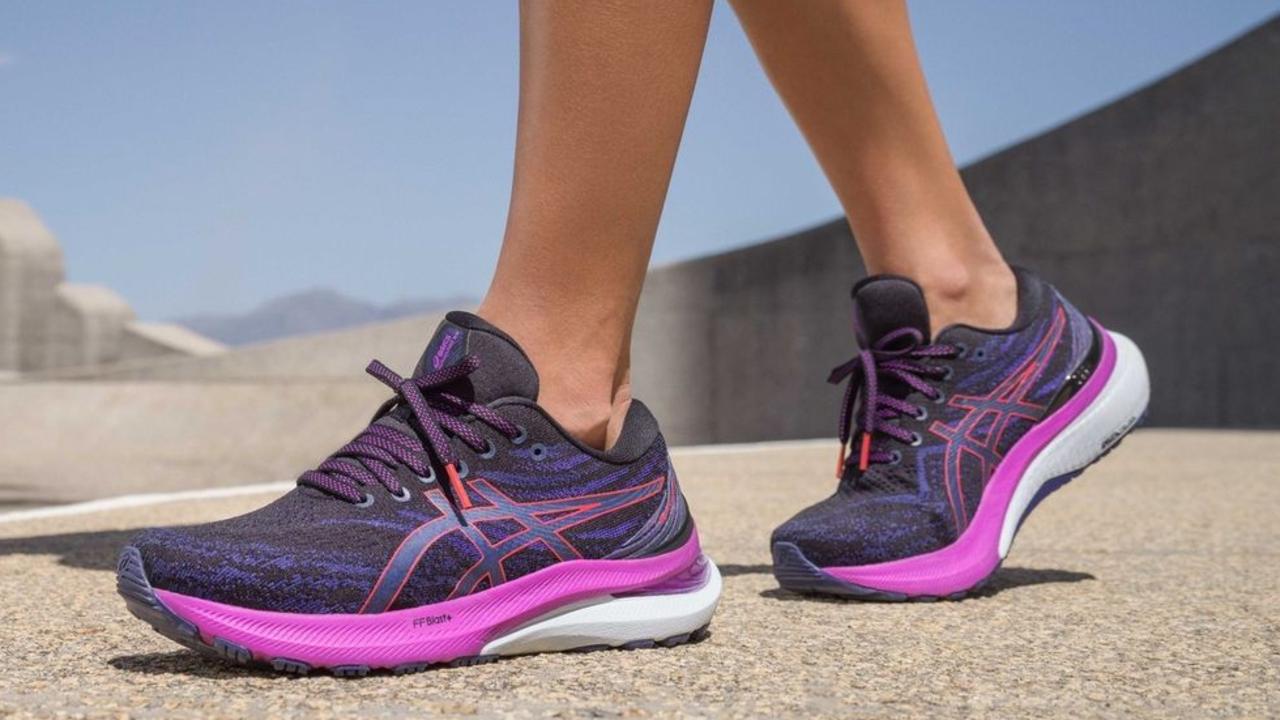Lifestyles
What You Should Look for When Buying Road Running Shoes

Take a look at any running shop and you’ll be greeted with a variety of colorful, stylish and brand name shoes. This can be overwhelming considering the amount of choice that you have when it comes to selecting road running shoes. A good pair of road running shoes can be a wise investment, so remember to take advantage of student travel discounts and save money while finding the right shoes
However, it’s important to take a step back and remember that you need to find the best-fitting shoe, one that fits properly fro heel to toe and is designed to suit your specific running style.
As most of us shop online, you will be able to purchase shoes with little risk as you are able to return your shoes if they don’t fit properly – with this in mind, let’s get into the ins and outs of buying road running shoes.
Road Running Shoe Fit
Each element of a running shoe has a purpose and is designed to hold the foot in a certain way and even the smallest difference in design can affect your road running experience. Below, we take a look at these elements and explain the best fit for you.
The Ankle Collar
This is the wrap that is located at the top of the shoe opening and is designed to hold the heel in place. Ankle collar design varies from shoe to shoe, with some using thick padding while others focus on the shape of the collar in order to cradle the ankle in place.
When it comes to the ankle collar, consider how the padding engages with the bones on the side of your ankles and if the curve on the back rubs against your Achilles tendon.
The Heel Counter
This refers to the element of the shoe that supports and cradles your heel and can be described as a semi-rigid cup. Some road running shoe designs have an external heel wrap that offers a similar but not identical function.
Minimalist running shoes have actually removed the heel counter completely so as to offer greater freedom of movement. The heel counter centers the heel for stability when landing however, it is not proven to provide motion control.
If you choose a shoe with a heel counter, make sure it allows space for comfortable ankle movement and motion.
The Saddle
This is the area around the instep of the shoe. The saddle interacts with the laces that are there to hold the running shoe securely on the foot. Today, running shoe designers have created a variety of eyelets and lacing features to mold the saddle closely to the foot – regardless of foot shape.
When trying on your shoe, pay attention to how it holds and fits your foot, offering a feeling of stability as opposed to slippage, leaving space for the natural doming of your arch while you run.
The Outsole
Road running shoes are designed for meeting the tar and the outsole of your road running shoe is where you will find the rubber that meets the road. The outsole of road running shoes are made from rubber or foam that is placed in specific areas to ensure longer wear life and to enhance flexibility.
These materials offer durability and traction without adding more weight or stiffness to the foot and should mold to the shape of your foot, giving you the right level of underfoot stability. Make sure the outsole is light and durable – offering comfort to reduce the chance of injury.
The Midsole
When it comes to the midsole – consider your running surface. This is why road running shoes will be different from trail running shoes.
Many road running shoes have flex grooves that can be located just under the ball of the foot, making the shoe bend the way your foot bends. Tiny differences in angle or location have the ability to alter the mechanics of the shoe as well as the feel of the shoe.
Always seek a shoe that rolls or flexes the way your foot wants to move, and at the pace at which you’ll be using the shoes. The midsole of your shoe refers to the foam material that lies between the outsole and the upper.
This material is added to cushion your foot from impact forces and is there to guide you through a stride.
With this in mind, every runner has their own style and preference and this means that you need to select a midsole thickness and material that works for your running style and speed and works with your preferred level of firmness or softness.
Heel-Toe Drop
The drop is the difference in height between the ball of your foot and your heel when standing in your road running shoe.
There has been debate regarding the importance of the heel toe drop amongst injury experts but all seem to agree that changing drop distributes impact forces to the foot and leg differently.
For example, shoes with a high drop will move impact force through to your hips and knees while lower drop will redirect force and pressure away from the knees and into the feet and calves.
With this in mind, select a shoe that feels right throughout your stride and reduces any stress on the weaker parts of your foot.
Some shoes offer zero-drop, and these place both your toe and heel equidistant from the ground – essentially, know what parts of your body need greater cushioning and discover what works best for you.
Related CTN News:
The Importance of Short Hair Wigs for Women
The Coolest Places to Celebrate New Year’s Eve in Hua Hin
The Most Beautiful Grinch Christmas Tree Decoration































